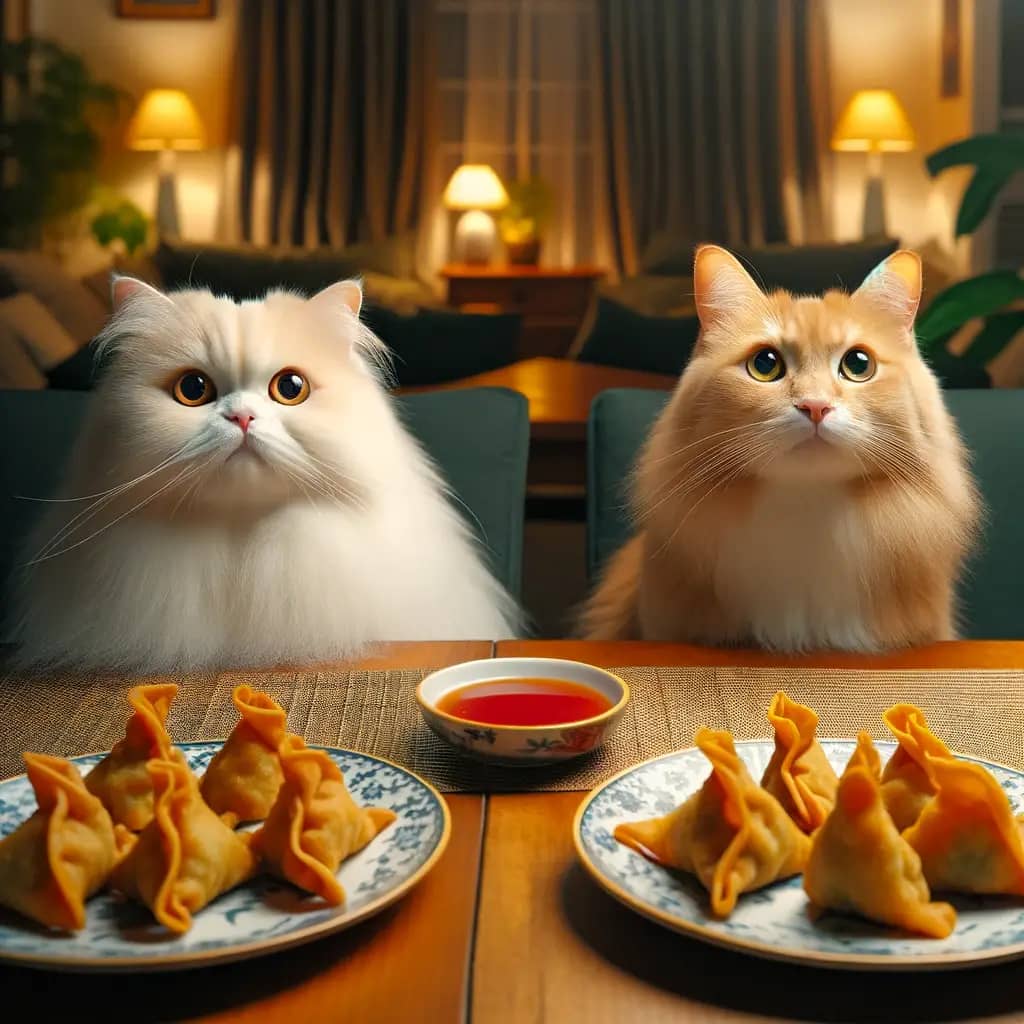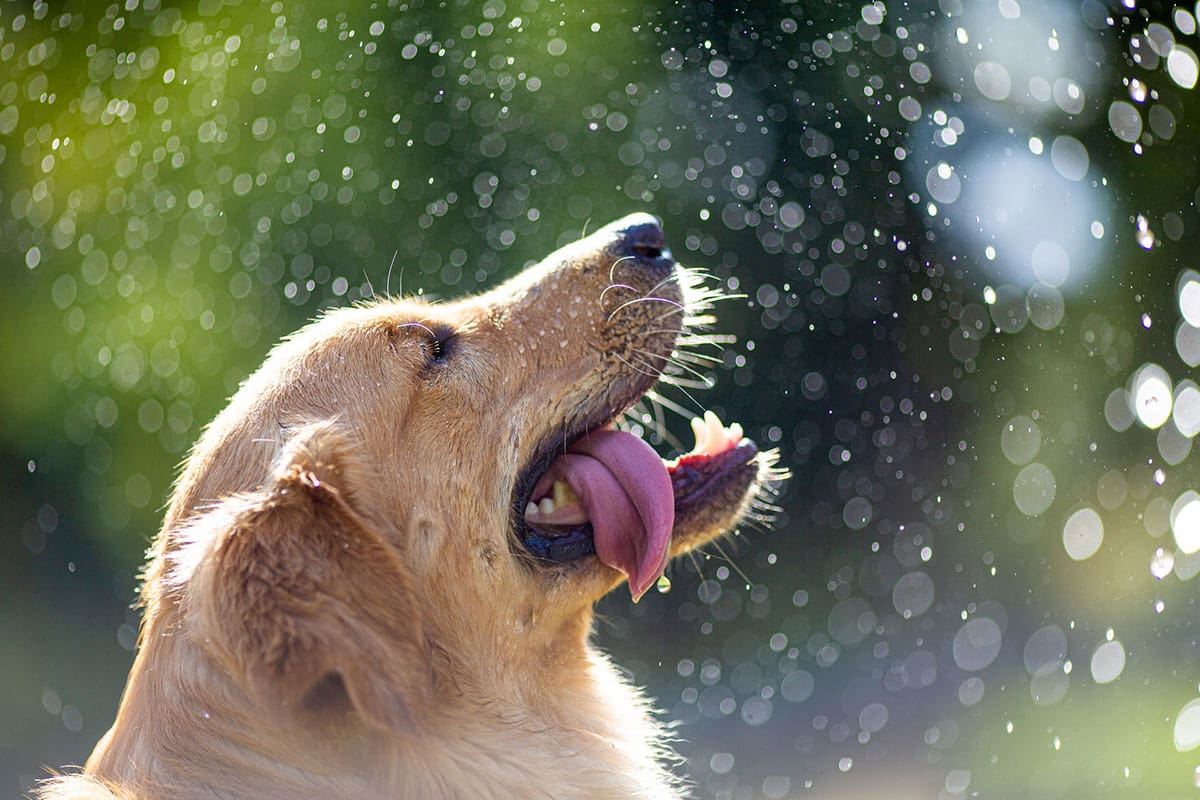Introduction to Cats and Their Dietary Preferences
Welcome, feline aficionados! Ever pondered over what can cats eat crab rangoon? Let’s dive into the world of whiskered gourmets and uncover the secrets of their diet. Cats, those majestic and mysterious companions, have a knack for piquing our curiosity, especially when it comes to their culinary tastes.
Table of Contents
Overview of Cats’ Carnivorous Nature
Cats are natural-born carnivores, meaning their bodies are fine-tuned for a diet rich in protein. Their ancestral diet consists mostly of small prey, which provides them with essential nutrients. But just because they’re carnivorous, does that mean crab rangoon is on the menu for our feline friends? We’ll get to that, but first, let’s understand their nutritional needs a bit better.
Understanding Crab Rangoon
What is Crab Rangoon?
Have you ever indulged in the delectable pockets of Crab Rangoon? Often found in the appetizer section of Asian fusion and American Chinese restaurants, this dish is a true fusion favorite. Crab Rangoon consists of a golden, crispy wonton exterior enveloping a creamy, savory filling. This filling typically combines crab meat with cream cheese and spices, offering a mouthwatering blend of flavors and textures that’s hard to resist. But here’s a curious thought: while we relish these tasty morsels, could our feline friends join in the feast?
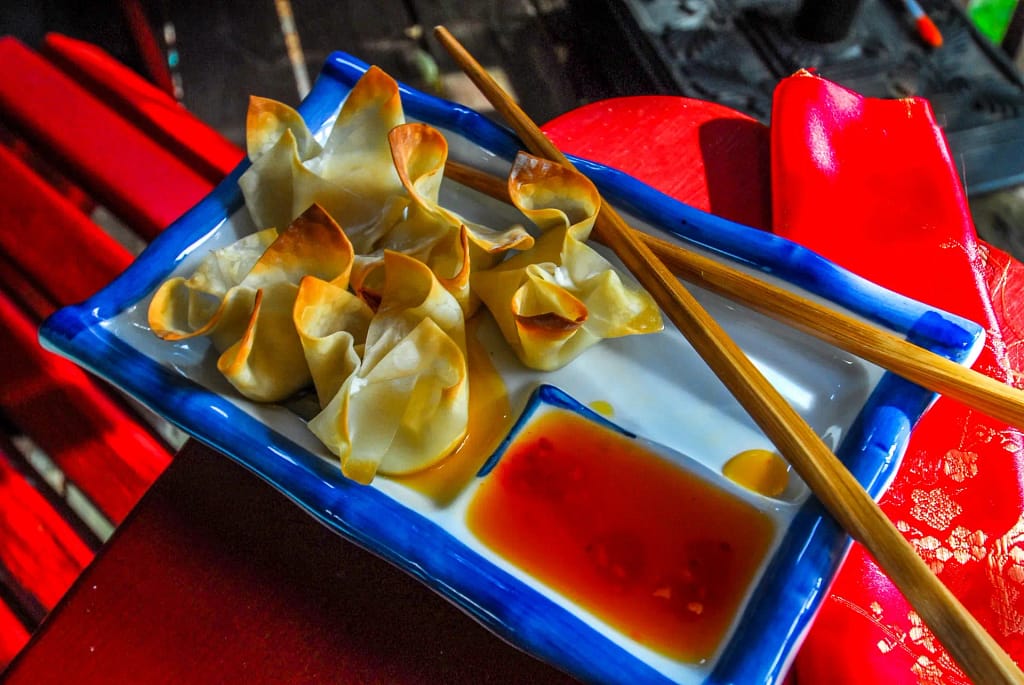
Ingredients and Nutritional Value of Crab Rangoon
Let’s break down the classic Crab Rangoon recipe and its nutritional content. At its heart, Crab Rangoon is a mix of crab meat, cream cheese, garlic, scallions, and sometimes Worcestershire sauce or soy sauce, all wrapped up in a wonton wrapper and deep-fried to perfection. From a nutritional standpoint, it’s a high-calorie treat with a notable amount of fats, primarily from the cream cheese and frying oil. While this combo hits the spot for us humans, it’s not exactly aligned with the dietary needs of our feline companions.
Now, you might be wondering, “What’s the harm in sharing just a bite?” Here’s where things get a tad more complex. Cats are obligate carnivores, meaning their bodies are fine-tuned to digest and utilize nutrients from animal-based proteins. The high-fat content and non-meat ingredients in Crab Rangoon are far from the ideal cat diet. And that’s just the tip of the iceberg when it comes to the potential risks associated with felines and this popular appetizer.
So, let’s dive deeper into the suitability of Crab Rangoon for cats, keeping in mind that while we love to pamper our pets, their health and well-being should always come first. As we explore the intricacies of cats and Crab Rangoon, remember, what’s a treat for us might not always be a treat for them.
Can Cats Eat Crab Rangoon?
Ever watched your feline friend eyeing your dinner with curiosity? As a cat owner, it’s natural to wonder if sharing a bite of your meal is safe. When it comes to crab rangoon, a popular appetizer, the question arises: is it suitable for cats?
Impact of Crab Rangoon Ingredients on Cats
Let’s break down the typical ingredients in crab rangoon: crab meat, cream cheese, garlic, onions, and wonton wrappers. While crab meat can be a protein-rich treat, the other components are where concerns pop up. Cream cheese is high in fat, and many cats are lactose intolerant, which can lead to digestive upset. Garlic and onions, even in trace amounts, are toxic to cats and can cause serious health issues, including hemolytic anemia. The wonton wrappers, though not toxic, are high in carbohydrates and offer no nutritional benefit to your feline’s diet.

Risks and Concerns
The risks of feeding crab rangoon to cats are not to be taken lightly. A study by the ASPCA indicates that foods containing garlic and onions rank among the top ten pet toxins. While a small nibble might not lead to immediate harm, the cumulative effect of such ingredients can be detrimental over time. Furthermore, the high-calorie count and fat content in crab rangoon could contribute to obesity and related health issues in cats.
When considering can cats eat crab rangoon, the verdict leans towards no. It’s best to err on the side of caution and keep crab rangoon off the menu for your furry companion. Instead, opt for cat-friendly treats that are designed to cater to their nutritional needs and keep them purring with delight.
Cats and Seafood – A Detailed Analysis
Ever watched your feline friend eyeing your seafood dinner with unabashed interest? It’s no secret that cats often have a penchant for the fruits of the sea. But when it comes to can cats eat crab rangoon, the waters get a bit murkier. Let’s dive into a sea of information and fish out the facts about cats and their relationship with seafood.
Can Cats Eat Crab?
Crab, in its purest form, is a source of high-quality protein and omega-3 fatty acids, which can be beneficial to your cat’s health. However, moderation is key. While a small amount of plain cooked crab can be a tasty treat for your furry companion, it’s important to ensure it’s free from any seasoning or additives that could be harmful to them. According to the Association of American Feed Control Officials (AAFCO), seafood should only be a part of the occasional treat, not a staple in their diet.
Other Seafoods That Are Safe for Cats
When it comes to seafood, not all are created equal in the eyes of feline nutrition. Some safe options include:
- Tuna: In small amounts, as it’s high in mercury.
- Salmon: Cooked, boneless, and served plain.
- Sardines: Packed in water without any added salt.
Here’s a quick glance at a comparison table:
| Seafood Type | Safe for Cats | Notes |
|---|---|---|
| Crab | Yes | Plain and cooked |
| Tuna | With caution | High in mercury |
| Salmon | Yes | Cooked and boneless |
| Sardines | Yes | No added salt |
Remember, while these seafood treats can be delightful, they should never replace a balanced cat diet formulated to meet all their nutritional needs. Always consult with your vet before introducing new foods into your cat’s diet.
Alternatives to Crab Rangoon for Cats
As a doting cat parent, you might wonder if there’s a feline-friendly version of the delectable crab rangoon. While the traditional human appetizer is a no-go for kitties, there are plenty of safe and healthy treats that will have your cat purring with delight. Let’s dive into the scrumptious world of cat treats that are not only nutritious but also incredibly satisfying.
Safe and Healthy Treats for Cats
When it comes to spoiling your feline friend, the key is to offer treats that are both safe and beneficial to their health. A variety of commercial cat treats are specifically formulated to be both tasty and nutritionally balanced. For instance, freeze-dried crab meat is an excellent alternative, providing the seafood flavor cats love without the added ingredients found in crab rangoon.
Moreover, you might be surprised to learn that 85% of cat owners consider nutritional value when selecting treats, according to a recent survey. This statistic highlights the importance of choosing treats that contribute to your cat’s well-being. Treats rich in protein and low in calories, like small pieces of cooked fish or chicken, are always a hit. Remember to keep treats to less than 10% of your cat’s daily caloric intake to maintain a balanced diet.
Preparing Homemade Cat Treats
If you’re the creative type, why not whip up some homemade cat treats? They’re easier to make than you might think and allow you to control exactly what goes into them. Here’s a simple recipe to get you started:
- Ingredients: 1 cup of canned tuna in water, drained; 1 egg; 1 tablespoon of carrot, finely grated; 1 cup of whole wheat flour.
- Directions: Preheat your oven to 350°F. Combine all ingredients in a food processor until a dough forms. Roll out the dough and cut into bite-sized pieces. Place on a parchment-lined baking sheet and bake for 20 minutes. Let cool and treat your cat to a homemade delight!
Not only will your cat adore these treats, but you’ll also have the satisfaction of knowing they’re free from preservatives and artificial flavors.
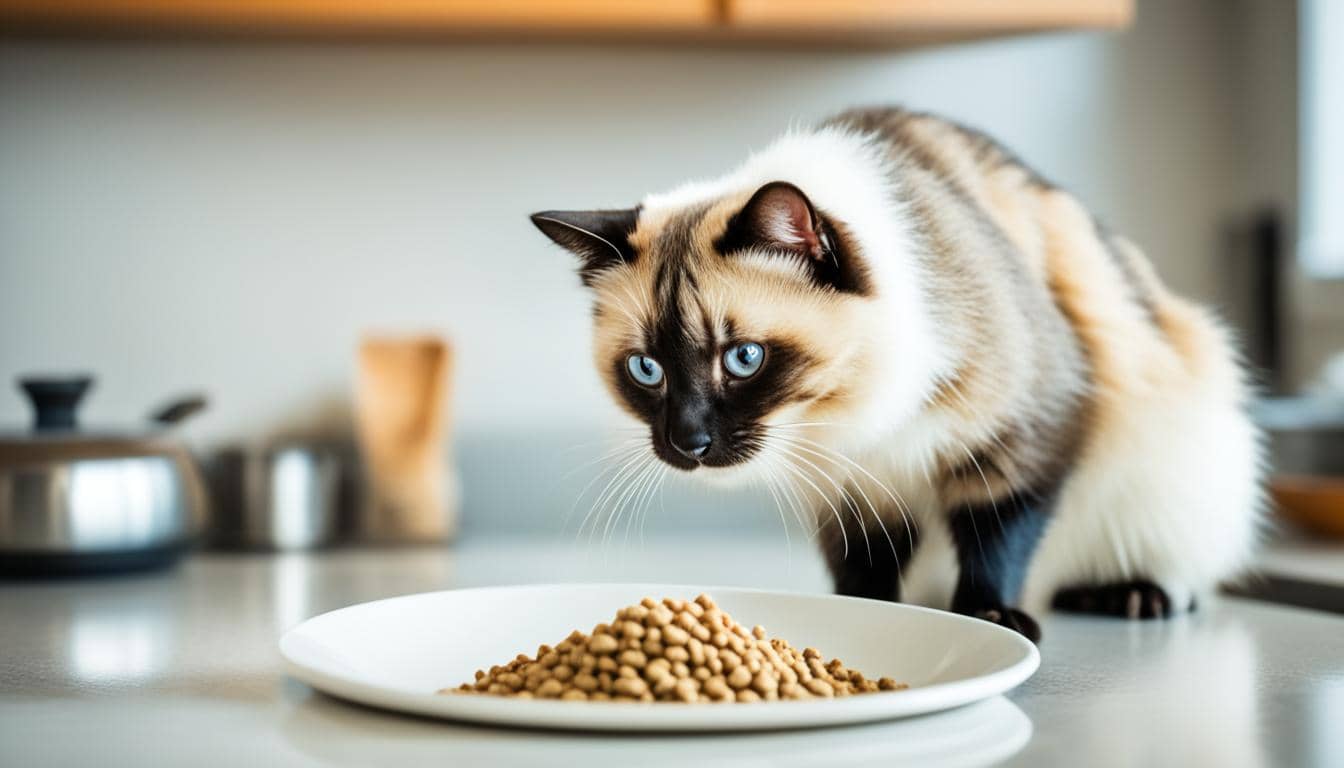
Can Cats Eat Ferret Food? Safety & Nutrition Guide
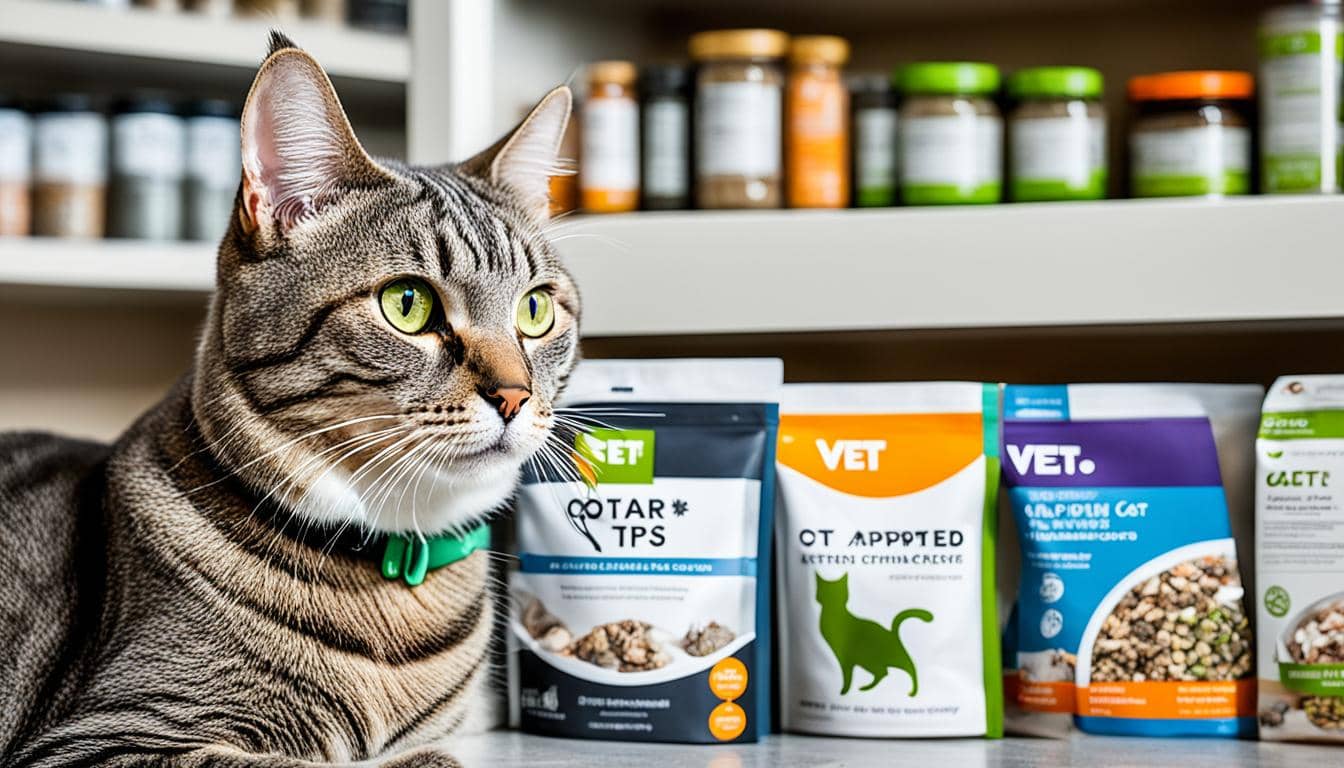
Can Cats Eat Chicken Salad? Vet-Approved Advice
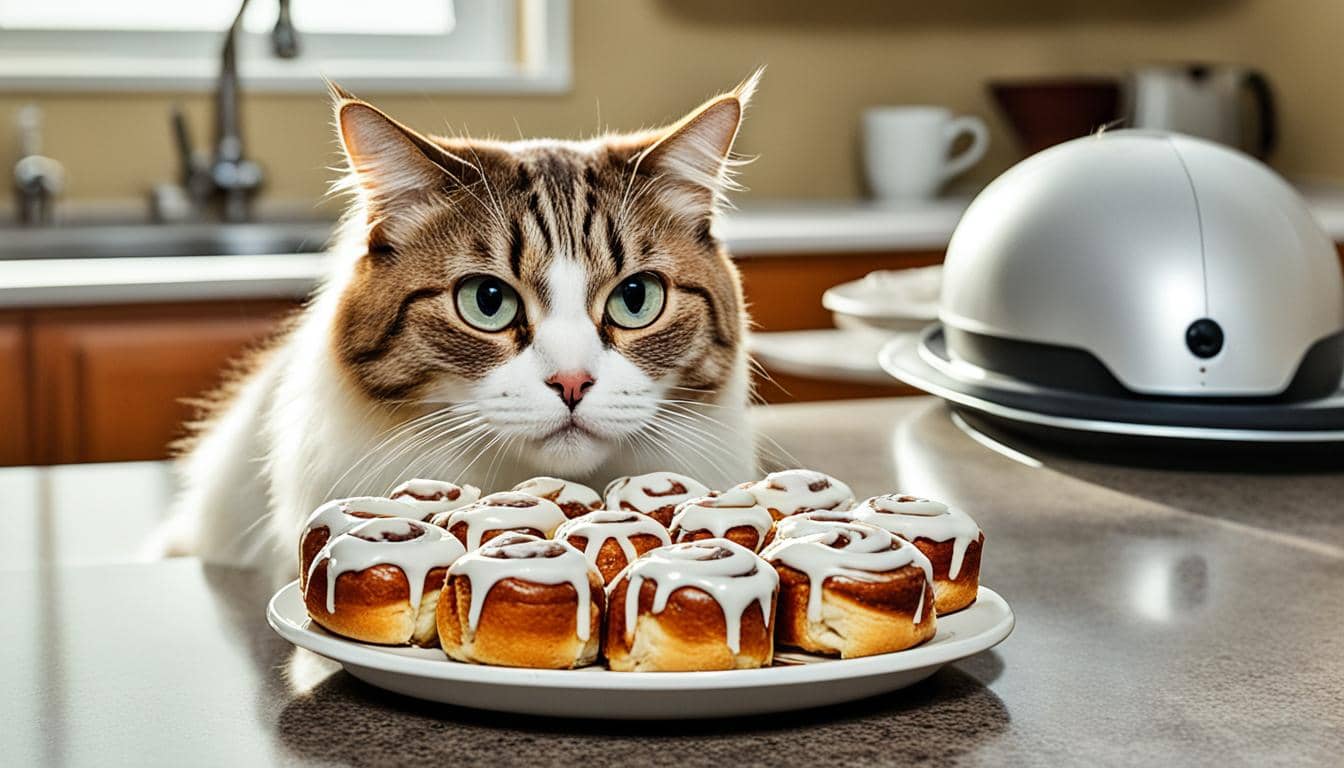
Can Cats Eat Cinnamon Rolls? Safety Guide
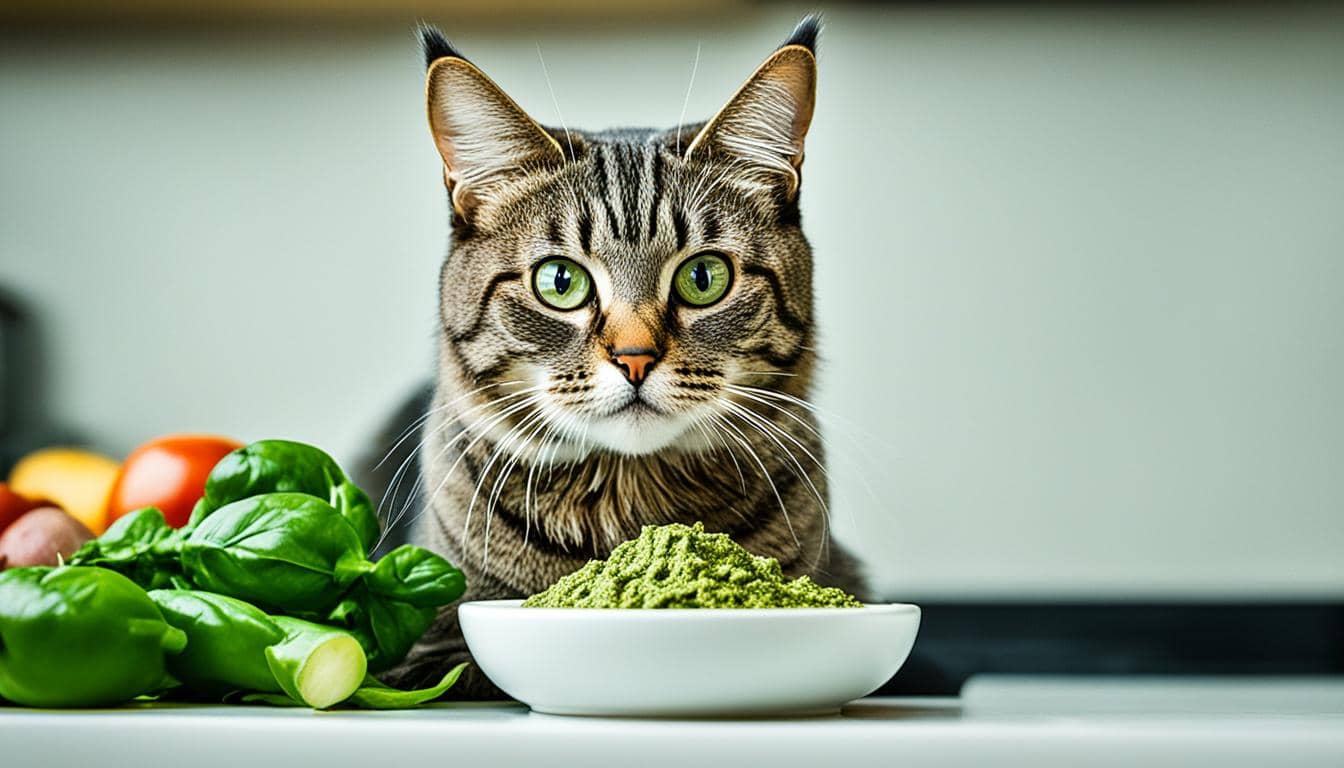
Can Cats Eat Pesto? Safe Feline Diets Explained
FAQ Section
1. Can cats eat crab rangoon?
While cats might be intrigued by the smell of crab rangoon, it’s not the best treat for them. Crab rangoon is typically made with ingredients like cream cheese, garlic, and onions, which aren’t good for cats. Cats are obligate carnivores and their digestive systems are not designed to handle rich, creamy, or seasoned foods. It’s best to stick to treats made specifically for cats to ensure their health and well-being.
2. What are the potential risks if a cat eats crab rangoon?
Eating crab rangoon can pose several risks to your cat. The dairy in cream cheese can cause stomach upset or diarrhea, as many cats are lactose intolerant. Additionally, garlic and onions are toxic to cats and can lead to gastrointestinal issues and more serious health problems like anemia. It’s important to keep crab rangoon out of paw’s reach and offer cat-safe treats instead.
3. Can cats eat crab meat?
Cats can eat plain crab meat in moderation, as it’s a good source of protein. However, it should be cooked without any added oils, seasonings, or butter. Raw or improperly cooked crab can contain parasites and bacteria that could be harmful. Always consult with your vet before introducing new foods into your cat’s diet.
4. What are some cat-friendly alternatives to crab rangoon?
For a cat-friendly treat, consider small pieces of cooked fish like salmon or tuna, which are often a hit with our feline friends. You can also look for commercial cat treats that are formulated to be both delicious and nutritious. If you’re feeling adventurous, you can even make homemade cat treats using cat-safe ingredients approved by your vet.
5. What should I do if my cat accidentally eats crab rangoon?
If your cat sneaks a bite of crab rangoon, keep an eye on them for any signs of distress such as vomiting, diarrhea, or lethargy. If you notice any unusual behavior or if they’ve consumed a large amount, contact your vet immediately. They can provide guidance and, if necessary, treat any symptoms that may arise.
Conclusion
Key Takeaways
So, can cats eat crab rangoon? While the allure of sharing your favorite treats with your feline friend is understandable, it’s essential to prioritize their health. Crab rangoon is not the best choice for your cat due to its ingredients that may not align with a cat’s dietary needs. Remember, cats are obligate carnivores and thrive on a high-protein, low-carb diet.
Throughout our exploration, we’ve learned that the rich, creamy filling and deep-fried exterior of crab rangoon pose potential health risks for cats, including digestive upset and obesity. The garlic and onion commonly found in the recipe are particularly harmful, even in small quantities.
Final Thoughts
As a responsible pet owner, it’s crucial to be vigilant about your cat’s diet. While a tiny nibble of crab meat may be harmless, the overall consensus is to steer clear of feeding your cat crab rangoon. Instead, focus on providing a balanced diet formulated specifically for cats, and consult with your vet for the best dietary advice.
References
- ASPCA Animal Poison Control – A resource for understanding what foods and plants are toxic to pets.
- Cornell Feline Health Center – A comprehensive guide to feline health topics, including nutrition and safe dietary practices.
